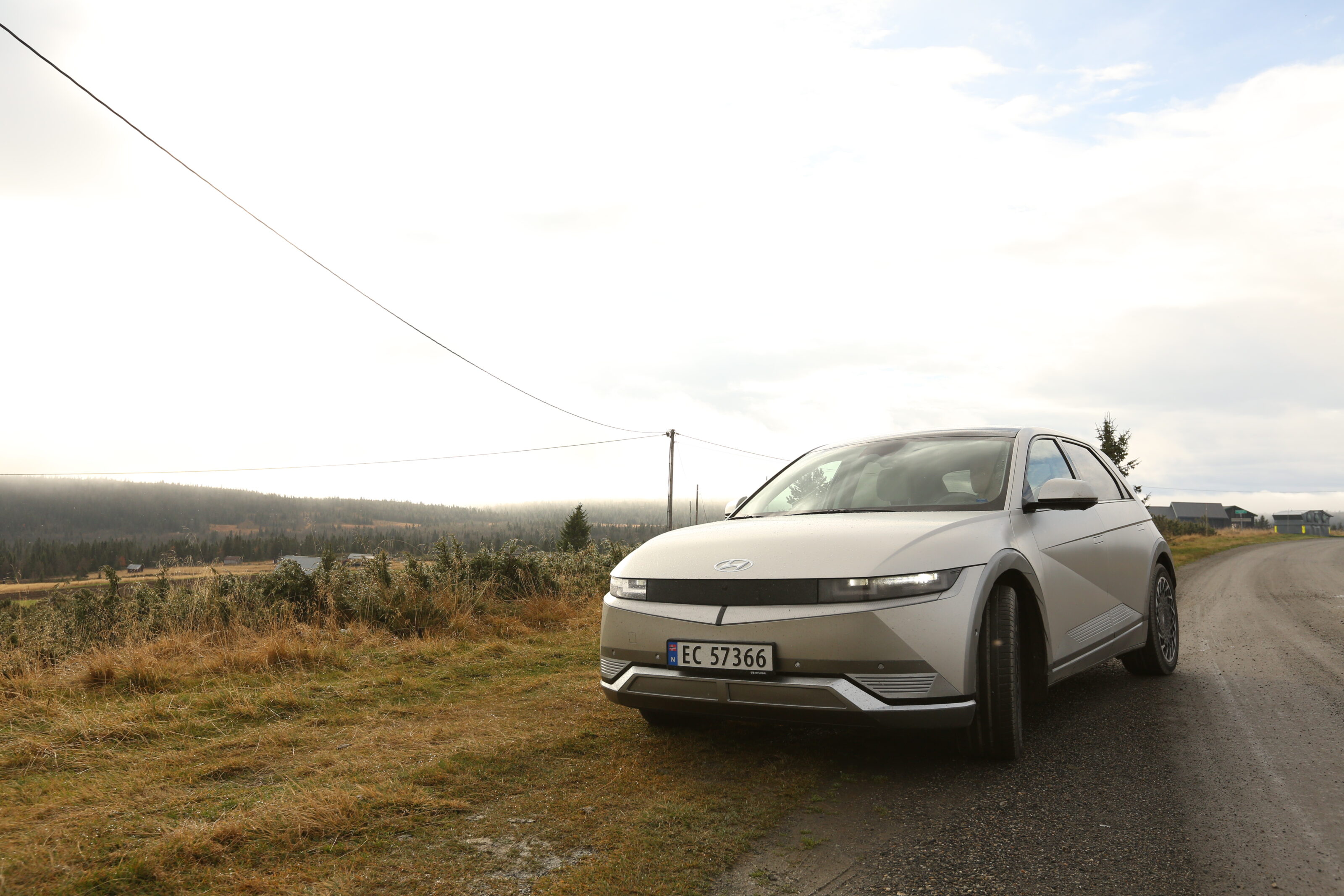Frigid rain is pounding the granite cobblestones of Aker Brygge on a dreary Oslo Friday morning and the worsening conditions remind me why I left the northern hemisphere in search of warmer climes many years ago. But the wandering nostalgic train of thought is derailed by the arrival of photographer Adam. He’s alighting one of the 139-metre Basto Electric ferries that crisscross the Oslo Fjord, powered by a 4.3MWh (yes – megawatt) battery and dock with robotic fast chargers at either end of their passage.
If this was Sydney Harbour, he’d be arriving on a floating antique powered by a pair of 14-litre MTU diesels that chug nearly four litres of dinosaur juice every minute. But this isn’t Australia, this is the world’s leading nation for transport electrification – Norway.
I’m here to explore how a rugged but beautiful fringe of Scandinavian rock home to 5.5 million became the undisputed champion of the electric car with 31 OEMs offering at least one electric model, more than 400,000 EVs rolling on Norwegian roads and a staggering 76 percent of new-car sales representing the pure electric party.

If Australia had achieved the same number per capita there would be nearly 2 million EVs Down Under but, as it stands, the figure is closer to 20,000 and a meagre 0.6 percent of registrations are for battery powered models. More critical than how Norway achieved it though, is if the herculean feat is repeatable by other nations including Australia…
But embarking on a mission of EV discovery in something powered by old squashed plankton would be like replying to Tesla’s Christmas party invitation with a telegram. Which is why the haven from Norway’s autumn and my silent steed for this trip takes the form of the Hyundai Ioniq 5. Priced from about $72,000 from launch in Australia it’s unlikely you will have seen too many of these on local roads since they went on sale in October, but there’s no missing one when you do.
Up close, the Ioniq 5’s design details are exquisite with fine cubic signatures throughout that appear to have been sculpted in Minecraft. Pull back though, and the full aesthetic effect is enriched with intensely bold lines matched with subtly different tones of matte silver. In the low light of a scummy Oslo day, the cool, square headlights and pinstriped front valence glow with an eerie aura like Cherenkov radiation.
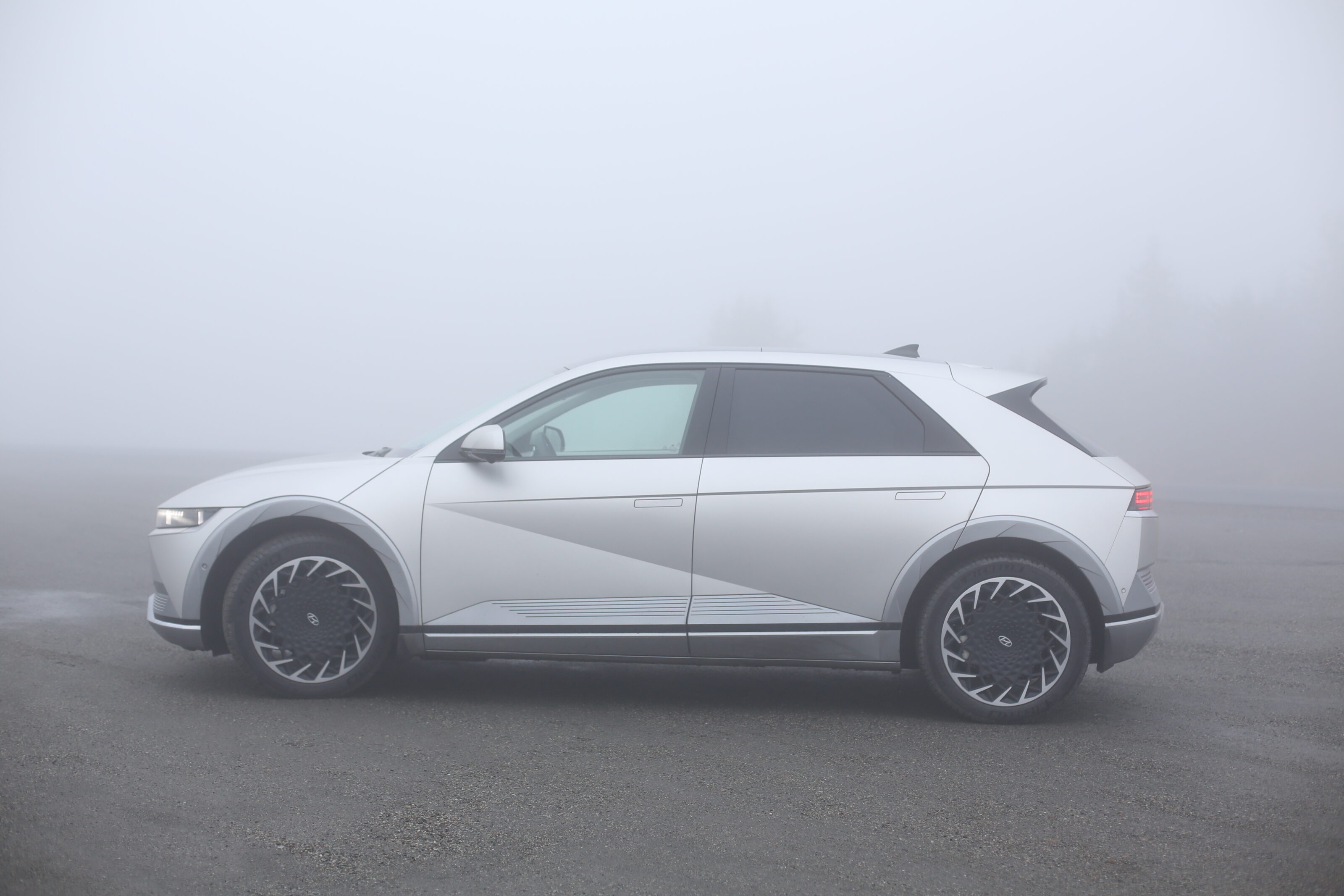
If Australia achieved the same EV sales per capita, there would be nearly 2 million Down Under
In favour of a fission reactor however, the firstborn to Hyundai’s new Ioniq family is powered by a lithium-ion battery. EV hungry nations like Norway get a choice of three battery capacities and the option to go rear-drive with a single motor or all-wheel with two motors. In this case, the smallest 58kWh unit is paired to the all-wheel drive transmission for a combination of tricky surface-tackling stick and more affordable and lighter power pack – albeit at cost to range.
How far is that? Well, it depends. On the first morning with a full charge, the 5 was reporting a max of 280km but on the final day it had decided to unleash an indicated 330km. Changing temperatures, driving styles and other variables are factors. As for the cost, the Ioniq 5 range starts at about the same as the Australian retail price, but bear in mind this is the country with such savagely high living costs that a standard kebab will set you back about 20 bucks. In other words, the Norwegian people are paid well and electric cars are cheap.
Okay, it was a pretty decent kebab but one element fuelling the wallet-bashing cost of living for a tourist is a merciless value-added tax (VAT) of 25 percent. However, EV purchase prices are exempt in Norway. Not only that, the government applies no import taxes, there’s significantly discounted annual road tax (the equivalent of rego) while parking and toll roads are mandated to be at least 50 percent cheaper for electric cars.

Tradies are offered fiscal compensation to trade a diesel van for an electric equivalent; oh, and electric vehicles can drive in bus lanes and access emissions-controlled areas that combustion power cannot.
Norway has categorically nailed the incentives, but there’s far more to the picture than that – something you only start to realise the when you leave the capital.
Ask any Australian what the biggest EV sticking point is for them and I bet they’ll tell you how they can’t drive between Sydney and Melbourne without stopping, which raises more concerns about their Zepplin-sized bladder and Kate Moss-style stomach than about actual EV range and charging infrastructure. Here too, Norway has the answer. Dotted around the nation are countless chargers. You’ll find them at public parking spaces, hotels and shopping centres enabling a top-up virtually anywhere you might want to go.
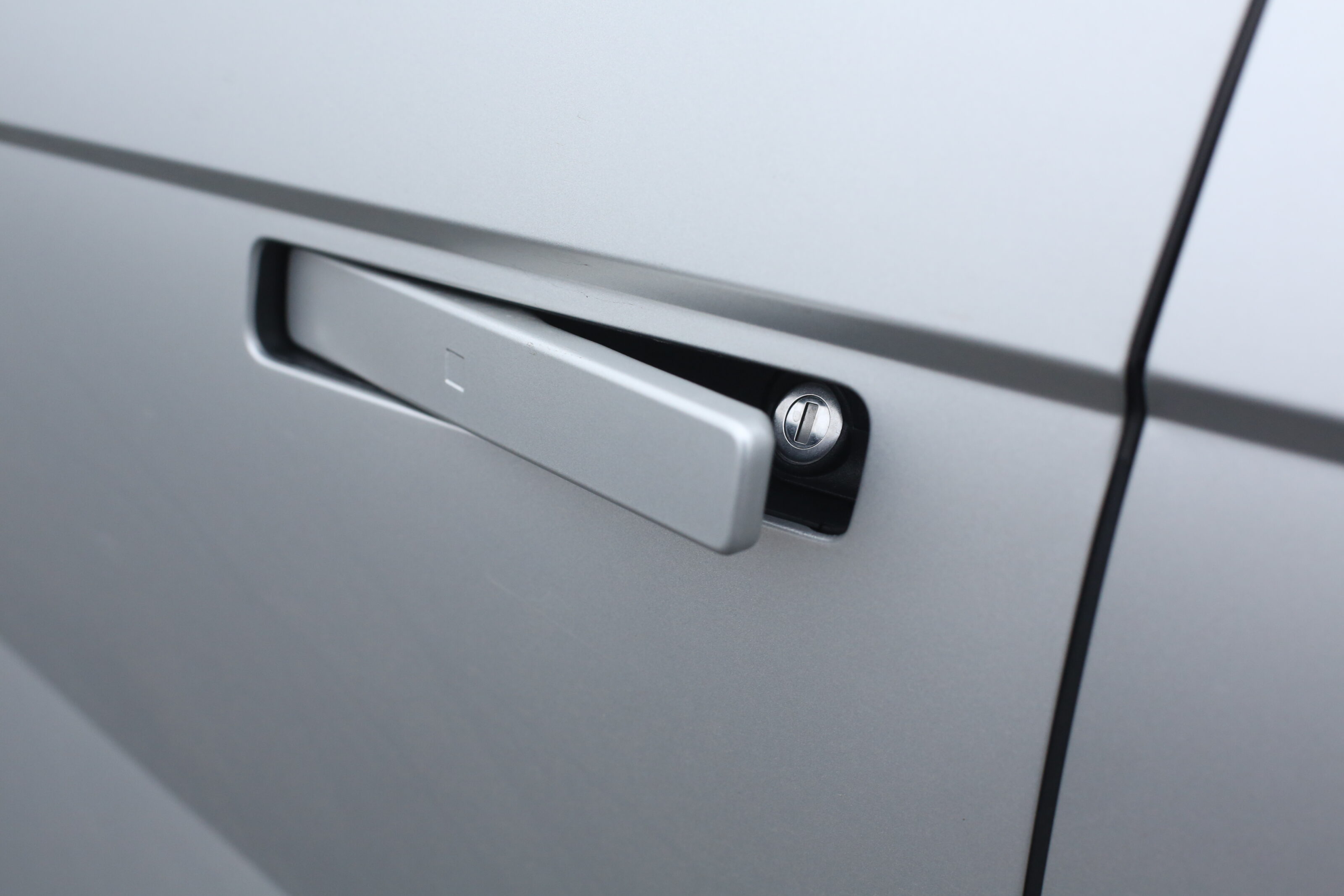
But a new network of high-power chargers is spreading across the nation. To date, there are about 4000 350kW units where you can plug in your EV for a force-fed electron meal while you smash down a Max Hamburger and have a wizz. I found one in Nebbennes about 45 minutes outside Oslo where I plugged in the Ioniq and tapped the Charge myHyundai card.
With an 800-volt electrical system, the Hyundai can suck up an 80 percent charge (from 10 percent) in as fast as 18 minutes and on this occasion it went from 50 percent to 70 percent in just six minutes. Charging in this way is pricey compared with charging at home which is what Norwegians do 80-90 percent of the time. Why? Electricity is cheap here with abundant energy flowing from the nation’s hydroelectric power stations and charging at home is about one third the cost at the pumps to go the same distance with petrol.
At one of the 350kW stations however, it’ll cost more but, if charging on your driveway is like a home-cooked meal, stopping at a public fast charger is like eating out at a restaurant – you won’t do it every day and it’s more expensive but you don’t have to do the washing up.
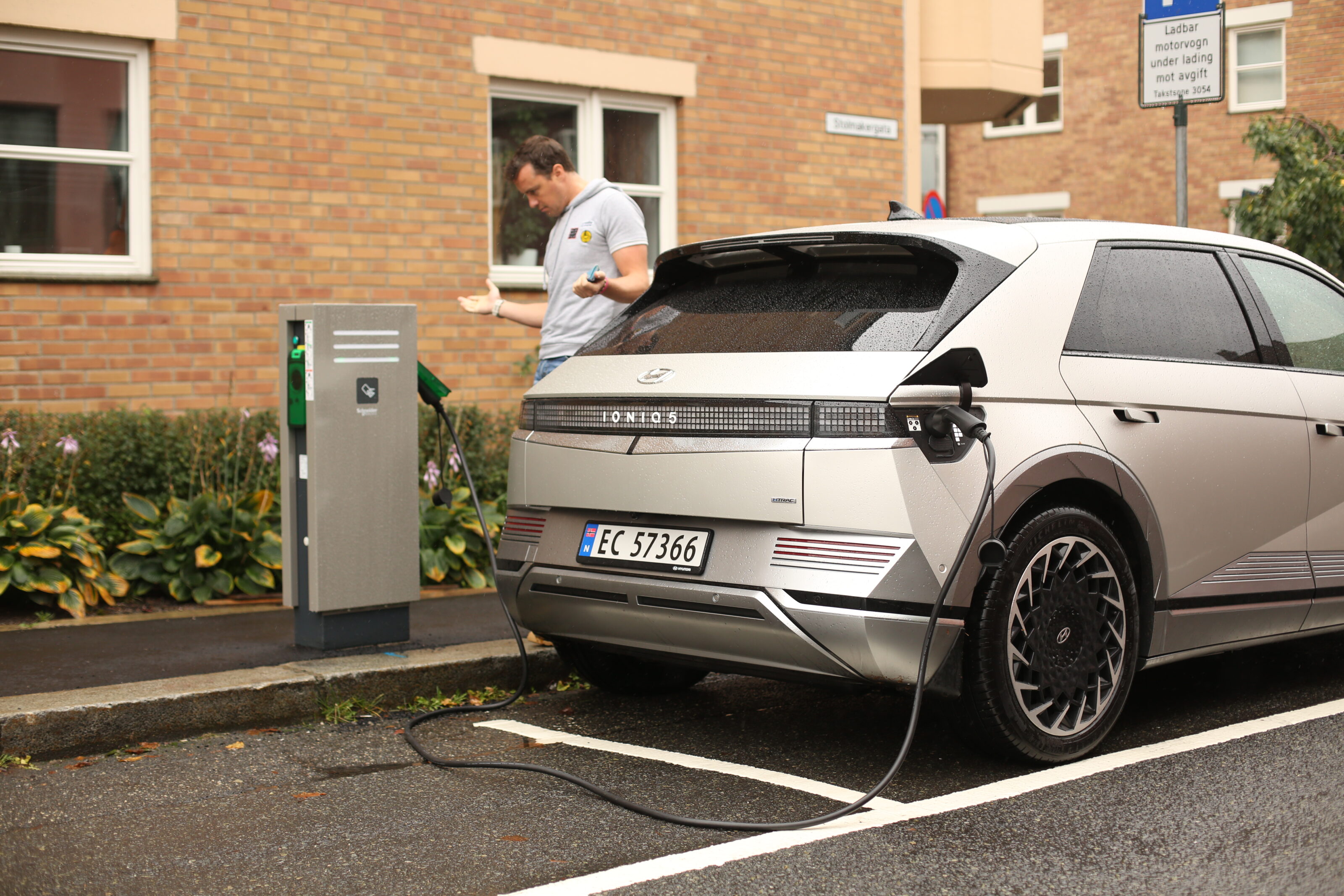
As a sweetener, 100 percent of Norway’s power is renewable so, no matter where an EV gets charged or at what price, there genuinely aren’t any emissions. At this particular ‘energy station’ (they aren’t called petrol stations any more) the Ioniq’s charging speed wasn’t the most staggering thing and, lined up in grids covering a half of the car park were 44 Tesla Superchargers totalling 88 plugs for models of the Californian startup.
Amazing, but public charging isn’t quite perfect yet. Credit card-tap payment is on the way to replace the various confusing accounts and apps currently necessary and, beyond that, plug-and-play will recognise your car and details on connection for a system that’s even better than the traditional petrol bowser.
With more than enough sparks in the cells to complete our journey, we continue on to the mountains overlooking Lillehammer. Even though our 5 is equipped with the smallest battery, it still has enough mumbo to punch hard up the steep roads and I finally get a sample of the taut chassis, beautifully balanced ride and immense grip. It’s difficult to resist the temptation to fully open the inverter and enjoy the weirdly instant surge of acceleration more often.
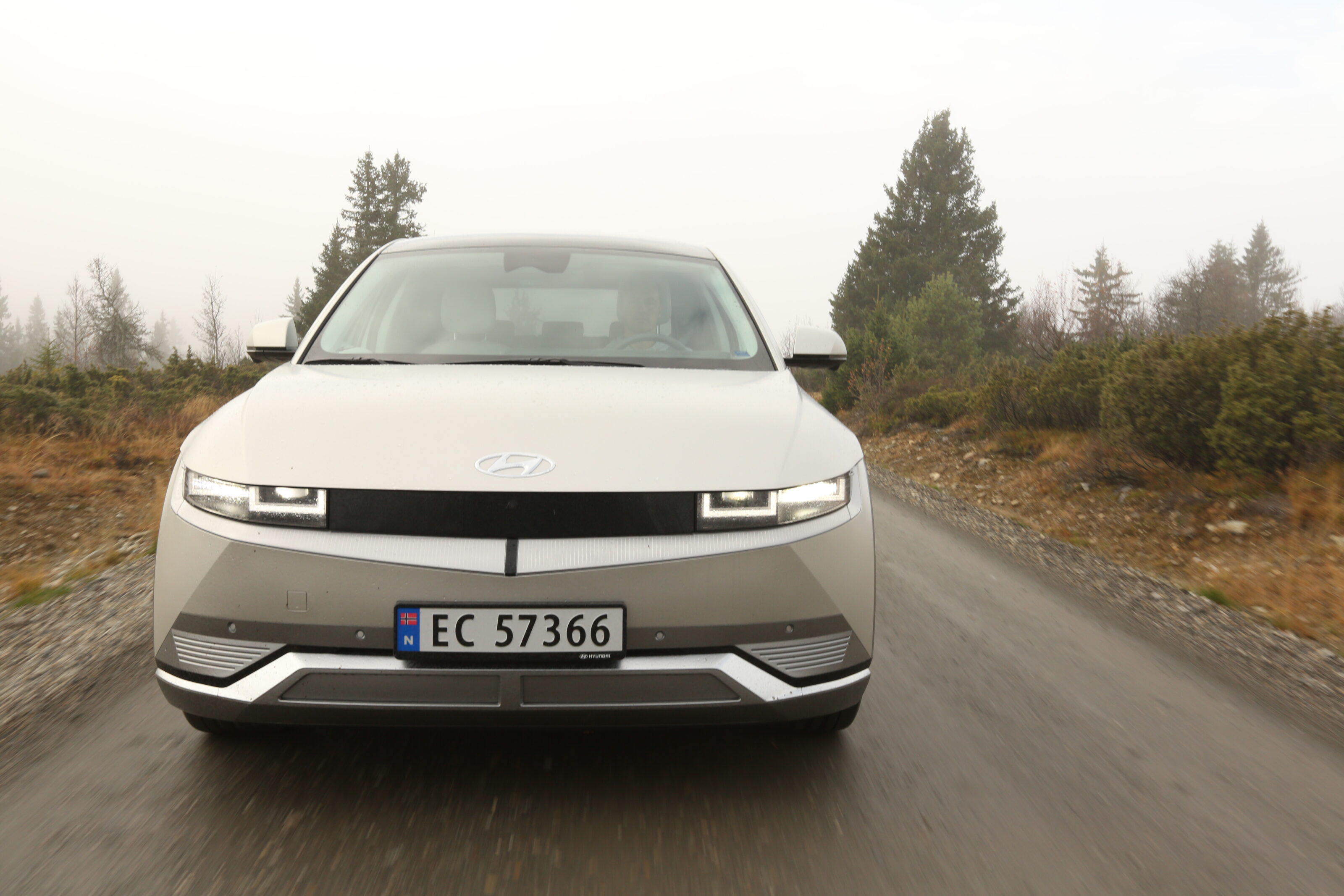
Surprisingly though, over the course of the trip, the car has taken my driving style into account and decided I had more than enough in the ‘tank’ to make it to our destination on a single charge. On arrival to our quintessential traditional grass-roofed cabin there is a second confirmation we had nothing to worry about – a 50kW charger screwed into its black timber.
But this Arcadian vision of Norwegian EVtopia has a black smudge on its green cape. Norway has massive oil and gas reserves, and since the 1960s, the nation has built a sizeable sovereign coffer exporting its resources. Although the country is vastly more wealthy as a result, Norwegian EV Association senior advisor and test manager Ståle Frydenlund explains that it’s a common misconception that Norway pumps oily coins directly into EV slots.
“Some people argue that we spend our oil money subsidising EVs. Wrong,” he says. “The state says ‘we don’t want to tax you for that car’, you are exempt from tax.”
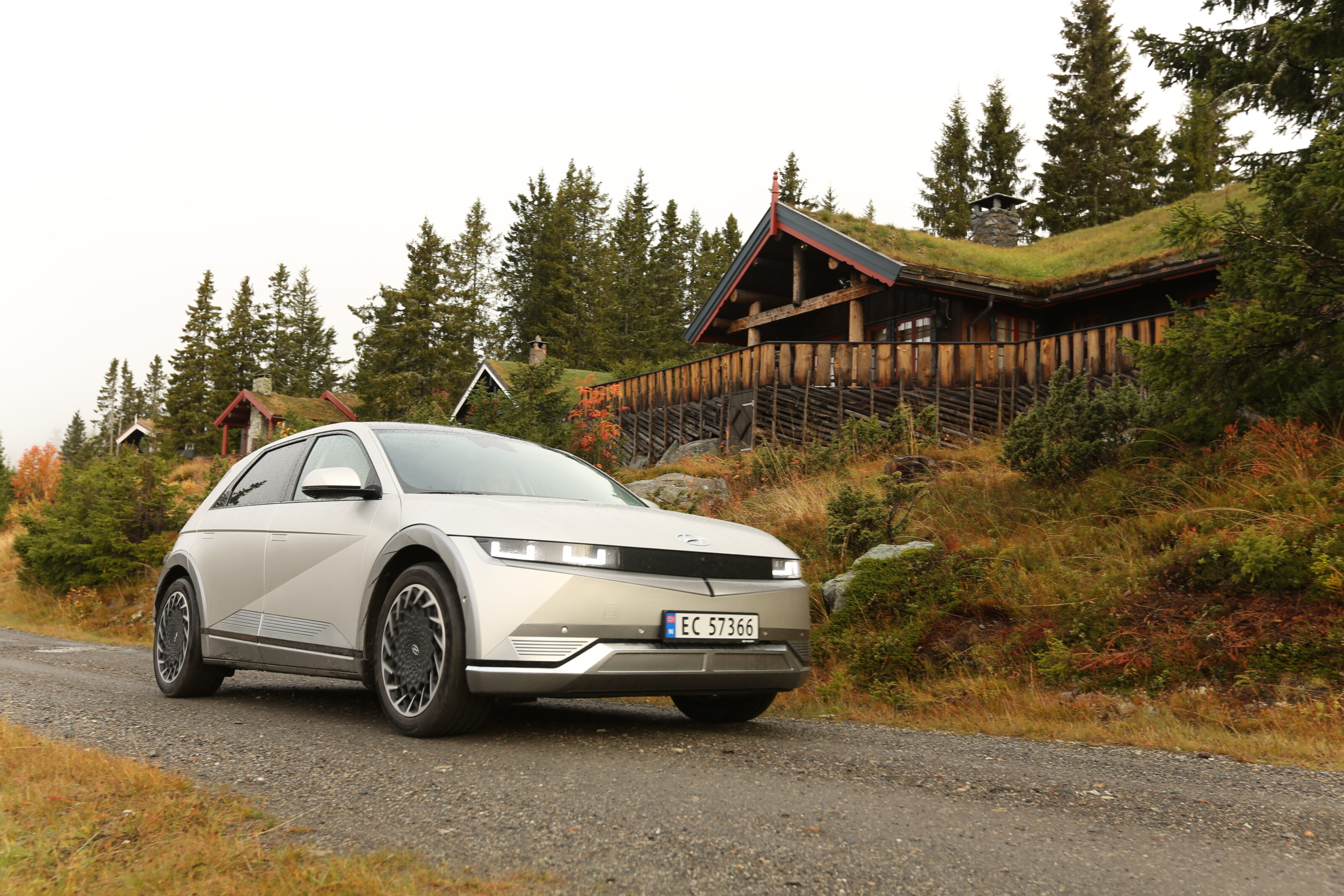
Instead, buyers of internal combustion cars are lumped with enough tax to cover their own polluting car plus the sale of one EV.
“Those who buy the polluting car actually have to pay for those who don’t.”
That said, Norway couldn’t have afforded to be as bold if its pockets weren’t well-lined. Funding broader green transport initiatives with cash from fossil-fuel exports is either grossly hypocritical or a beautifully poetic solution to a problem in every other nation. Regardless of how you feel, ask yourself this question – is it worse than doing nothing? At least Norway decided to act rather than sitting at the top of the world minding its own business and quietly burning through reserves like everyone else.
In the opposite hemisphere, Australia is starting to show some signs of electric life, with $590m committed to incentives in NSW and a little over $100m by Victoria to name the most recent, but there are still far more reasons for ICE car owners to keep their hands in their pockets.
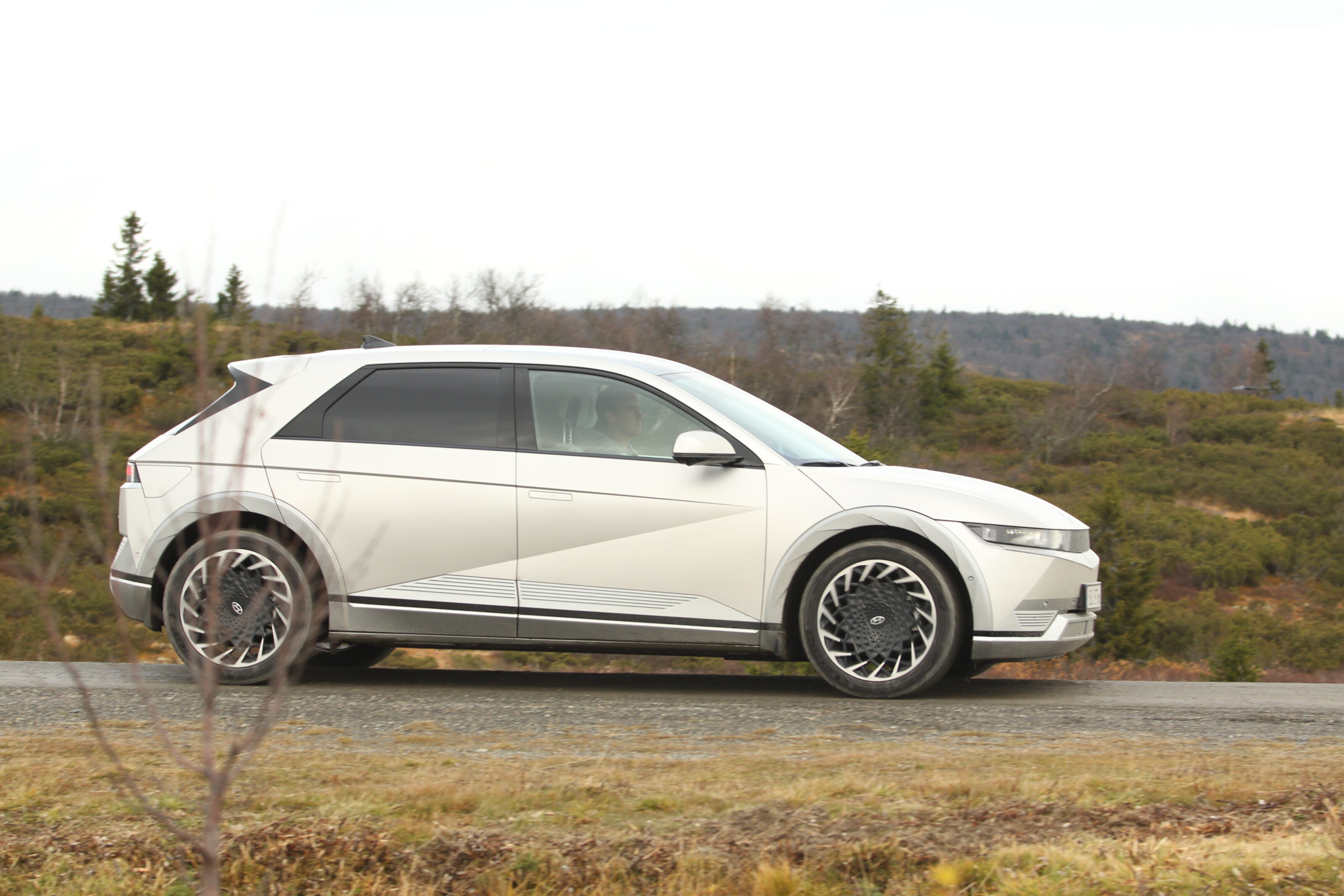
They include recently introduced distance charges for EVs to fund the incentives, relatively low fossil-fuel prices and meagre stamp duty waivers and rebates in some states. Wouldn’t it be better if Australia took a leaf out of Norway’s books and funnelled a little of its massive resources-export cash into electrification?
Norway is a 385,000 square-kilometre monument to the electric vehicle and unequivocal proof that, with appealing cars, government support and sustainable power, other nations can do the same. Of those three critical elements, Australia has only the first. While our nation continues to feed power stations with brown coal, tax EVs while combustion is king, and drag its heels with national infrastructure, Australia will never be able to make the transition as Norway did. But there’s a glimmer of hope – it doesn’t need to.
Heading to the airport on the high-speed, high-efficiency train (yes, it’s electric) offers one last chance to appreciate the Norwegian countryside which today is bathed in pale wintry sunlight. The deciduous leaves are already well into old age turning taxi yellows and McLaren oranges, while their immortal evergreen counterparts contrast the pretty crepuscular transition with rich, darkening green. Adam had told me my timing was impeccable – two weeks earlier and all was still verdant; two weeks later and it would all be over.
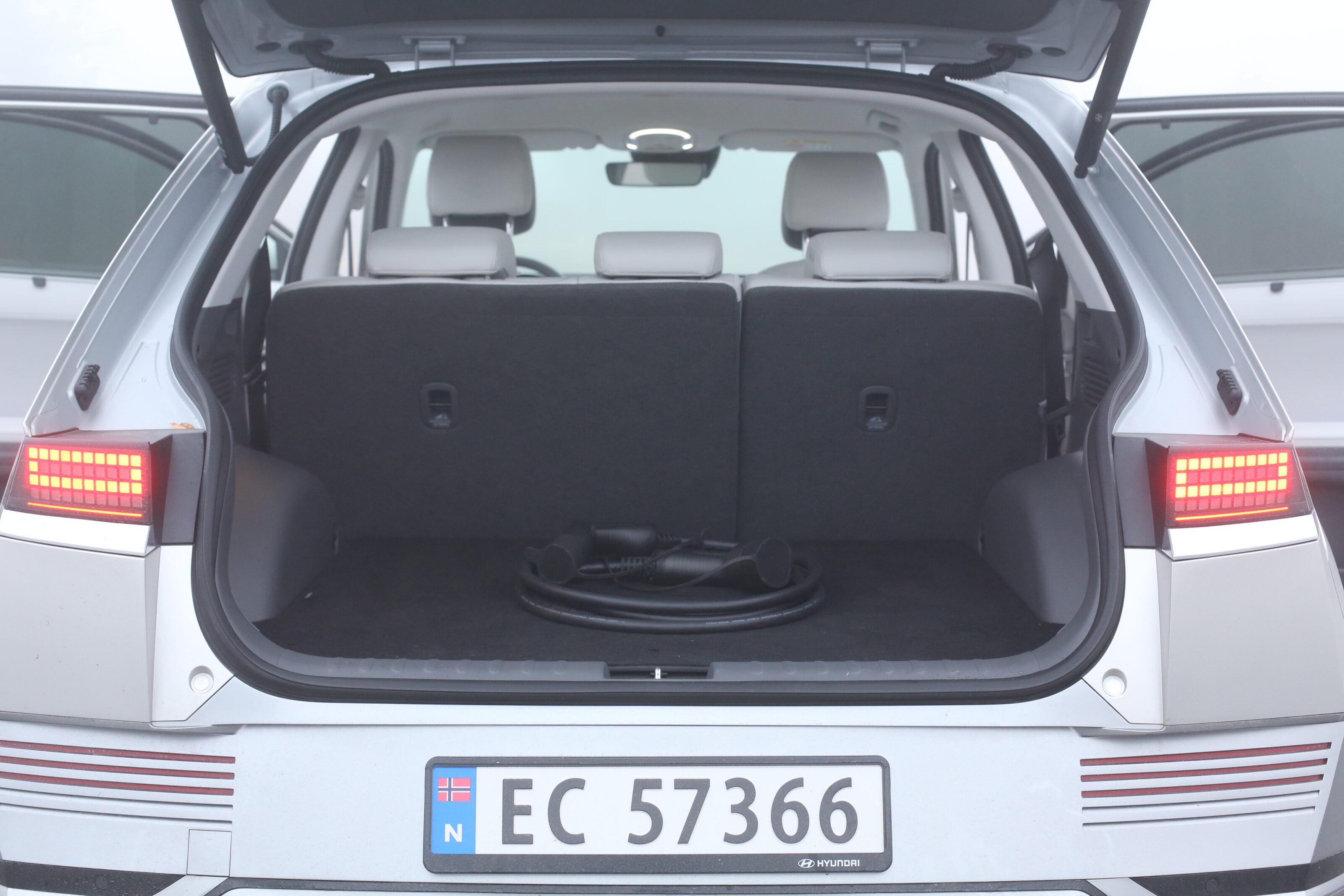
But I’m also in Norway at exactly the right time to witness another critical transition. The government has recently started winding back the incentives that kick-started its electric revolution in the 1990s and encouraged so many Norwegians to buy into the electric dream.
It sounds like madness for the one nation that got it just right to be yanking the game-changing measures with which it proved EVs could work. But the tax breaks and ownership perks will phase out in favour of just one big milestone and an even more attractive reason to go electric – price parity.
For the moment, unsubsidised, full-price EVs are expensive but models that cost the same as their petrol and diesel-powered equivalents are on the horizon and their advent renders subsidies and discounts redundant.
Norway’s government has recently started winding back the incentives that kick-started its electric revolution in the 1990s
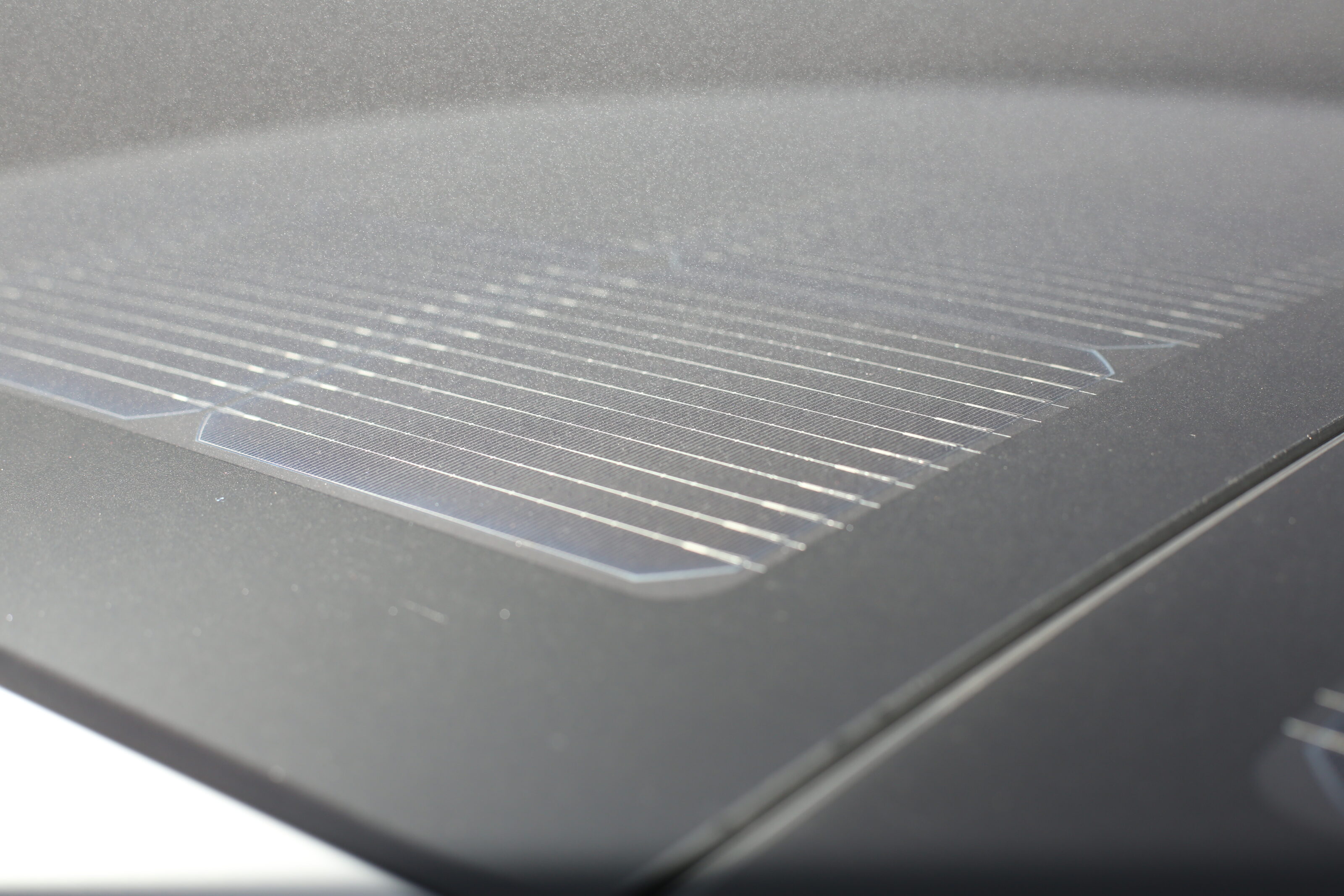
“We know that at some point the incentives have to be reduced but keep a stable difference to the alternative (petrol and diesel),” says Frydenlund. “We hope that cost parity will arrive in a few years from now and you don’t need policies after that – then it’s up to the consumer.”
If he’s right, Australia and the rest of the world will owe Norway a huge debt of thanks. The nation has been toiling to make electric cars work, pumping vast amounts of cash into technology, networks, infrastructure and refining the EV recipe, and Australia can simply cherry-pick the best bits, bundle them with EVs that cost no more than ICE cars and SUVs on sale today, and sit back and watch the customers flood into showrooms.
Norway has written the Idiot’s Guide to Becoming an EV nation, but will Australia pick it up and read?

How
While the Norwegian government and EV Association certainly deserve credit for the popularity of battery powered cars, 1980s synth-pop band A-ha also played a surprisingly large part in the formative years. After acquiring a converted electric Fiat Panda in 1989, the band used the vehicle around Oslo and defiantly refused to pay any tolls or subsequent fines.
In response, the car was confiscated and sold at auction but, since the market for Swiss-converted Italian hatchbacks registered as diesel-powered motorhomes is relatively small in Norway, the only bidder was A-ha. The band repeated this process numerous times, on each occasion reclaiming their car for the equivalent of about A$32. The government finally caved and made road and ferry transport toll-free for EVs – a ruling that lasted until 2017.
We recommend
-
 News
News2025 New Car Calendar: All the new cars coming to Australia
Take a look at our list of what is expected to launch in Australia in 2025 – plus those we might not see locally just yet
-
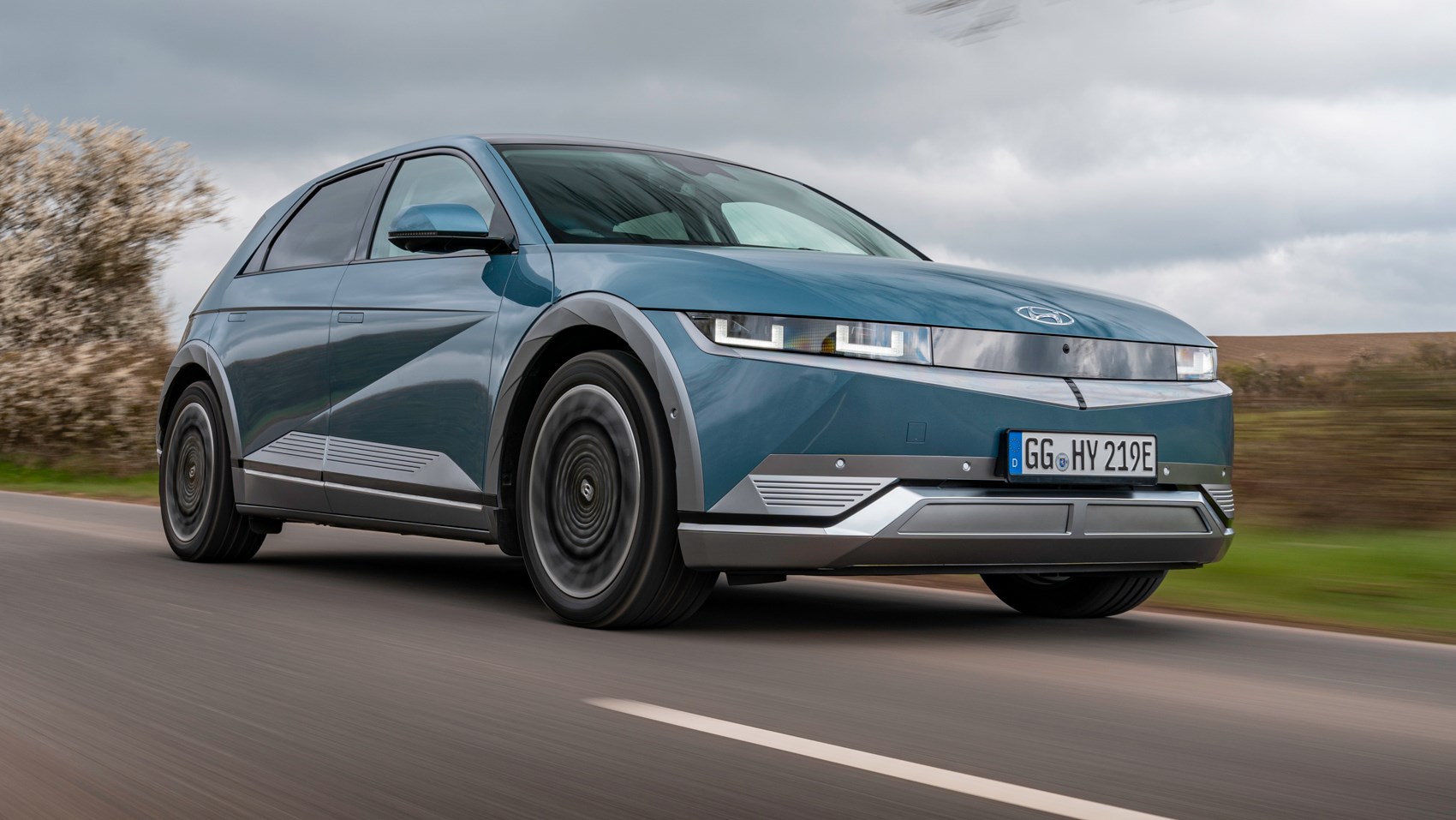 Reviews
ReviewsHyundai Ioniq 5 review: First drive
The Ioniq 5 is on its way to revolutionise Hyundai's EV game. It won't be cheap, but our first drive tells us buyers won't be disappointed.
-
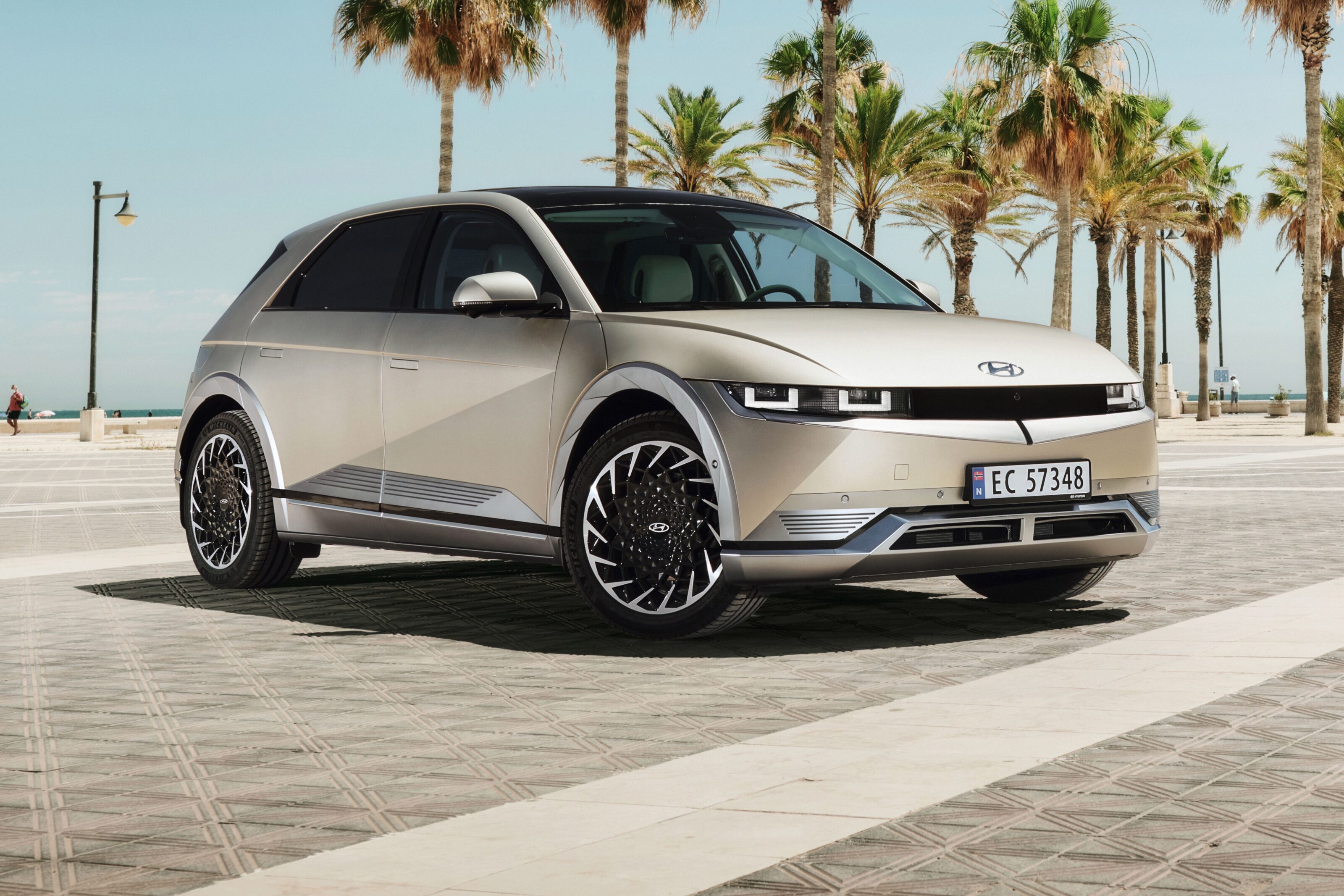 News
NewsFirst Australian allocation of Hyundai Ioniq 5 sold out in two hours
Initial run of 240 units sold in just over two hours


